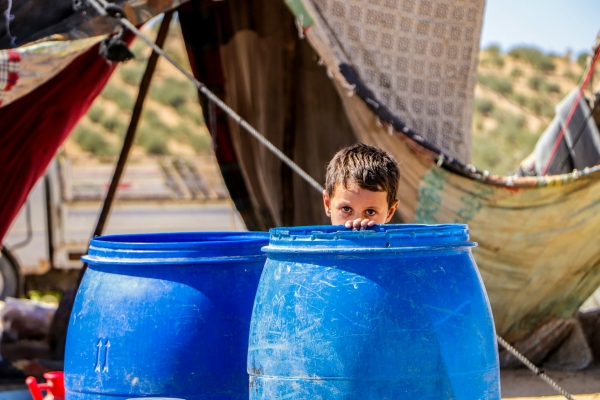It has been nine years since the humanitarian crisis began in Yemen and, according to the latest report published by the United Nations Human Rights Organization (UNHCR), the number of individuals seeking humanitarian aid remains extremely high. As of now, 4.5 million people are displaced and 18.2 million in need of humanitarian assistance.
The report, based on findings from 47,000 families, highlights the following:
- 84% of these families are internally displaced, many of whom were forced to leave regions such as Al Hudaydah, Taizz, and Hajjah - some of the most dangerous areas for civilians due to the high levels of violence.
- 85% of the families cannot meet their daily food needs, with particular emphasis on the severe impact of inadequate nutrition on vulnerable groups.
- 51% have at least one child without a birth certificate, contributing to the 70% of families with at least one person lacking identification documents, preventing them from accessing basic national services.
The support provided by UNHCR focuses on two key areas:
- Cash assistance and emergency cash programs, aimed at providing internally displaced persons (IDPs) with resources to meet essential needs and support home rehabilitation.
- Establishment of emergency centers and assistance to host communities, which includes the distribution of 301 emergency shelters and the improvement of facilities in host communities, benefiting 166 families.
Given the number of people seeking aid and the significant funding shortfall for 2024 - only 14% of the required $354.4 million has been secured - UNHCR is calling on the international community to increase support and humanitarian assistance for the Yemeni people, who are unable to return home due to instability, poor livelihood opportunities, and the risk of landmines, among other factors.
To read more, please visit:
- https://data.unhcr.org/en/documents/details/110849
- https://reliefweb.int/report/yemen/unhcr-yemen-idp-protection-monitoring-update-01-jan-2024-30-jun-2024-enar
- https://www.unhcr.org/news/briefing-notes/yemen-needs-grow-millions-displaced-amid-catastrophic-flooding-and-prolonged







